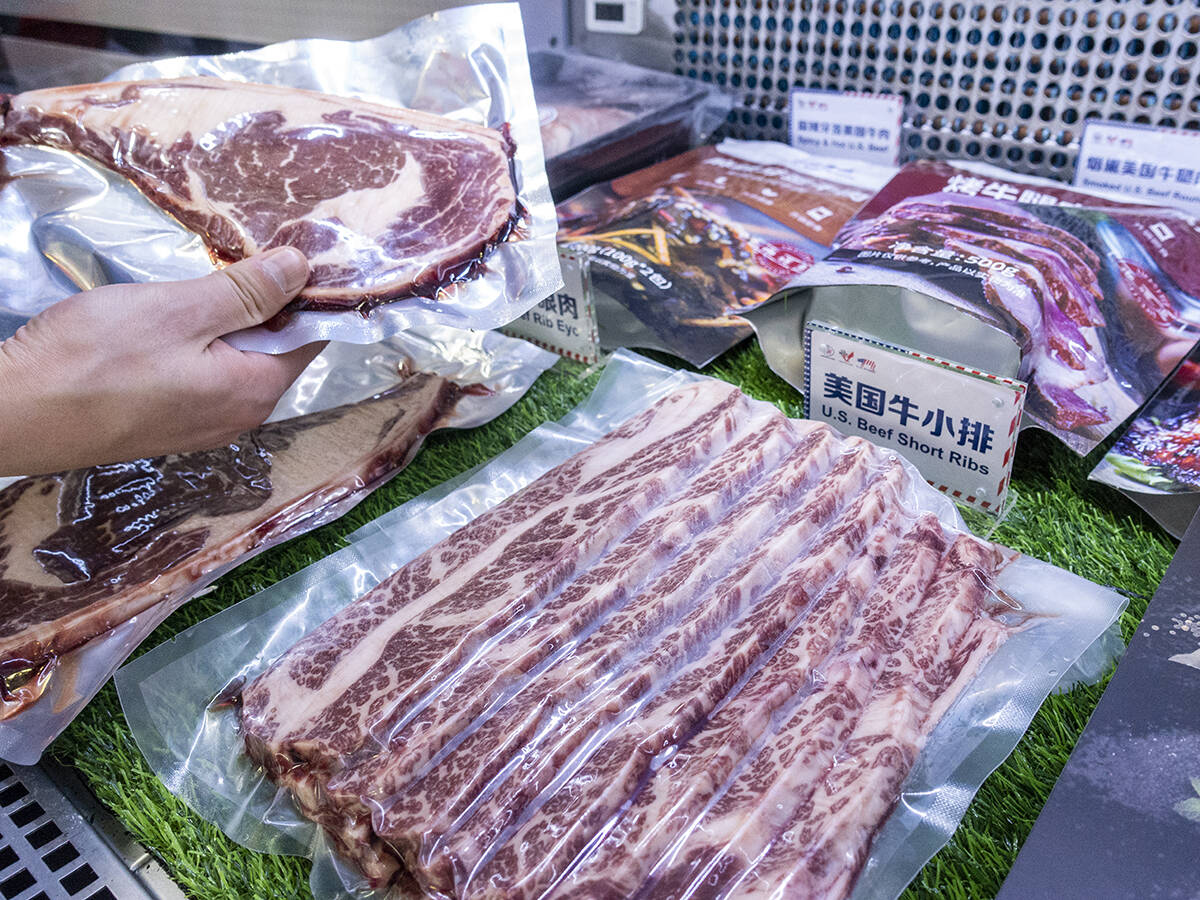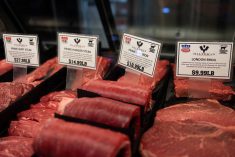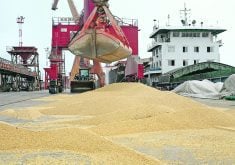SASKATOON — Soybean futures had an up-and-down session the day following the announcement of a long-awaited agreement between the United States and China.
The January contract ended the session up 1.2 per cent from the previous day after yo-yoing all over the place as the market digested the implications of the new pact.
“It took a wild ride as traders tried to decide, is the glass half full or half empty?” said Arlan Suderman, chief commodities economist with StoneX.
Read Also

Tariffs cost U.S. Chinese beef market
Australian beef has replaced U.S. supply in China since president Donald Trump returned to the White House, funnelling hundreds of millions of dollars into Australian pockets.
Why it Matters: The U.S. soybean market has a tremendous influence on Canada’s canola market
China has agreed to buy a minimum of 12 million tonnes of U.S. soybeans in 2025, and a minimum of 25 million tonnes in each of the next three years.
To put that in perspective, China had typically been purchasing 25 to 30 million tonnes from the United States in recent years, but shipments dried up in recent months due to a trade spat between the two countries.
The market is trying to figure out if the 12 million tonne target for 2025 includes the 5.9 million tonnes sent to China earlier in the year.
If that is the case, then total U.S. exports for the 2025-26 crop year will fall well short of the U.S. Department of Agriculture’s target of 45.86 million tonnes.
Under that scenario, Suderman thinks U.S. ending stocks could blossom to 10.89 million tonnes, well above the USDA’s forecast of 8.17 million tonnes.
However, if the 12 million tonnes is all new business, that is a far more bullish scenario.
Suderman assumes most of the 25 million tonnes in imports that will occur in each of the next three years will happen during the fourth quarter of those years, when Brazil is out of the market.
But if some of next year’s 25 million tonnes gets pulled forward into early 2026, it would make the 2025-26 balance sheet much tighter, and the soybean market would suddenly be vulnerable to any big weather scare in the southern or northern hemispheres.
Suderman said the bottom line is that U.S. president Donald Trump’s administration has secured a commitment from China to buy at least 87 million tonnes of soybeans between now and the end of 2028.
He figures that is about 75 million tonnes more than U.S. farmers and exporters would have secured without an agreement.
“From that standpoint, I think it’s a good deal,” he said.
He thinks the pact will tide the U.S. over until it can build more domestic crush capacity to feed its burgeoning biodiesel, renewable diesel and sustainable aviation fuel sectors.
Suderman thinks the U.S. soybeans will be used to build China’s reserves. Brazil’s beans are too wet for that purpose.
He also thinks China intends to create a massive stockpile of soybeans so that once Trump is out of office, they can once again shut the U.S. out of their marketplace.
















